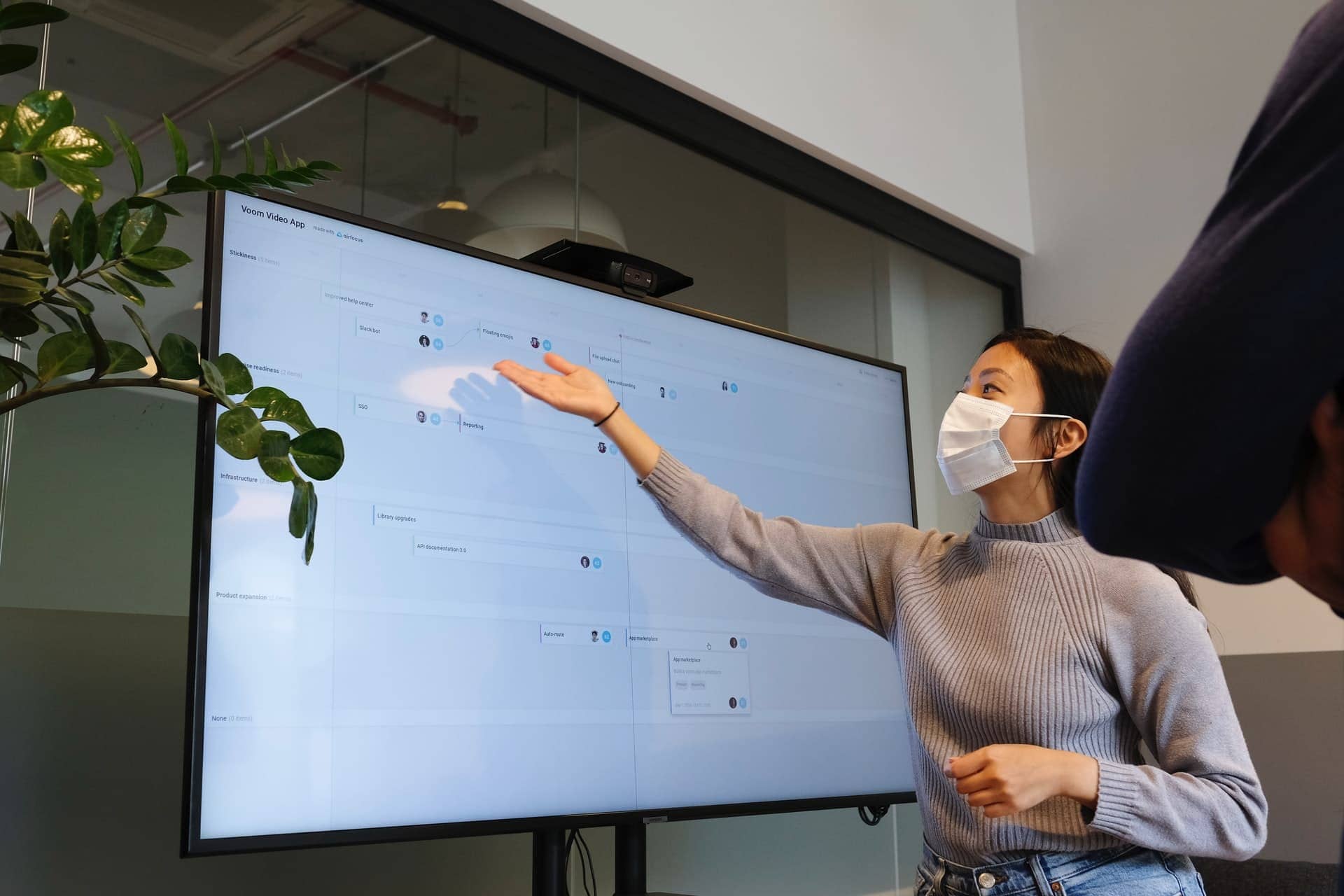The massive shutdown impacted nearly every aspect of business, especially the way people work. After months under stay-at-home orders, companies are reopening their doors and we’re expecting at least 50% of their employee base to return to the office by end of Q3. This is a critical step toward restoring a sense of normalcy, but comes with an immense challenge of creating a new work environment that is engaging and inclusive, while minimizing potential health risks.
One of the biggest changes we can expect to see on the property level post-COVID-19 is amenity offerings. Amenities are critical to achieving that balanced life-work experience—perhaps much more now than ever before. In the face of health, political, and social disruption, tenants and employees want stability. They want normal, or at least close to what was once “normal.”
Before the pandemic, restaurants, parking access and transportation, conference/meeting space, gyms, lounges, outdoor space and some form of retail access were top-rated amenities. Moving forward, these amenities will still be valuable, but will just be packaged differently.
Onsite restaurants either have been or will be reconfigured to ensure social distancing, along with utilizing outdoor space for additional seating. Mobile-app food ordering services (off and onsite) and contactless-delivery is also expected to gain traction among tenants, as well as prepacked grab-and-go food options.
Fitness centers have always been a major perk because for many, fitness is a “third-space” outside of work and home, so much that gym memberships generated more than $1 billion in revenue in 2019. For office gyms, this means there will still be plenty of demand regardless of COVID-19, but look for group classes to move outdoors and indoor space to include safety measures like temperature checks, enhanced ventilation, occupancy restrictions, reservations, increased scheduled cleaning and an abundance of cleaning products. Tenant lounges and conference/meeting space will likely be impacted the least, aside from moving furniture to accommodate sufficient spacing, as well as implementing a strict scheduling system to adhere to local health guidelines. Some buildings may also setup outdoor meeting areas complete with audio video conferencing capabilities.
Programs like Maptician Flex allow property managers to offer a digital solution for both community and office space management. Community spaces like conference rooms, fitness centers, coffee stations and other shared amenities. Maptician Flex also allows tenants to assess social distancing risks within their offices, perform contact tracking, plan a staged return-to-work strategy, and provides employees a mobile app to view the changes made, and gives the tenants the tools to operate more safely.
Beyond these brick-and-mortar amenities, technology will surge in importance among every company’s business continuity plan. Traditionally not considered an amenity, in this new world, technology and remote access has become essential.
Mobile Technology
Mobile technology is a staple in the CRE space to maintain uninterrupted connectivity, streamline operations, reduce expenses and save time. Brokers and asset managers will increasingly use mobile app technology for lease negotiations and building management and utilize virtual office tour technology for prospective tenants.
Connectivity Technology
Reliable internet service and powerful hotspots will be mandatory to ensure remote and onsite employees can effectively communicate with one another, as well as with clients, partners and other constituents. Also add video conference capabilities to this list.
Certifications like WiredScore offer a rating system to evaluate a property’s digital infrastructure. This includes important connectivity items including: number and quality of internet service providers, redundancy and resiliency of telecom infrastructure, ability to adapt to growing and changing technology requirements, etc. Currently 25% of KBS’ properties are WiredScore Certified, a number that is anticipated to grow.
Hands-Free and Smart Cleaning Technology
In a pandemic world that is trying to bounce back, touchless equipment and devices will expectedly gain prominence throughout common office areas. Think hands-free faucets, soap/antibacterial dispensers, paper towel dispensers, trash receptacles and entry points. Protective antimicrobial covers and sheets used in the medical field may also soon find a space in office buildings.
Additionally, building operators may also opt for ultraviolet-C (UVC) lamps—dubbed germicidal lamps—to disinfect surfaces. According to the FDA, UVC radiation can disinfect air, water, and nonporous surfaces, and has effectively been used for decades to reduce the spread of bacteria.
HVAC Technology
More maintenance dollars will go toward HVAC system maintenance and operations equipped with HEPA filtration systems that reportedly can eliminate more than 99% if all airborne particles and pathogens. Additionally, the World Health Organization (WHO) has made available some ventilation guidance for indoor public space and buildings.
The COVID-19 effect is a powerful force that is changing the way we do business and how we interact with our work environment. Looking ahead office owner/operators are expected to invest more in robust amenity toolkits that provide tenants with peace-of-mind over their own health and wellbeing, as well as the sustainability of their business. These specific actions will also solidify the building’s relevance in the market.
To learn more about how companies are safely returning to the office, click here.




